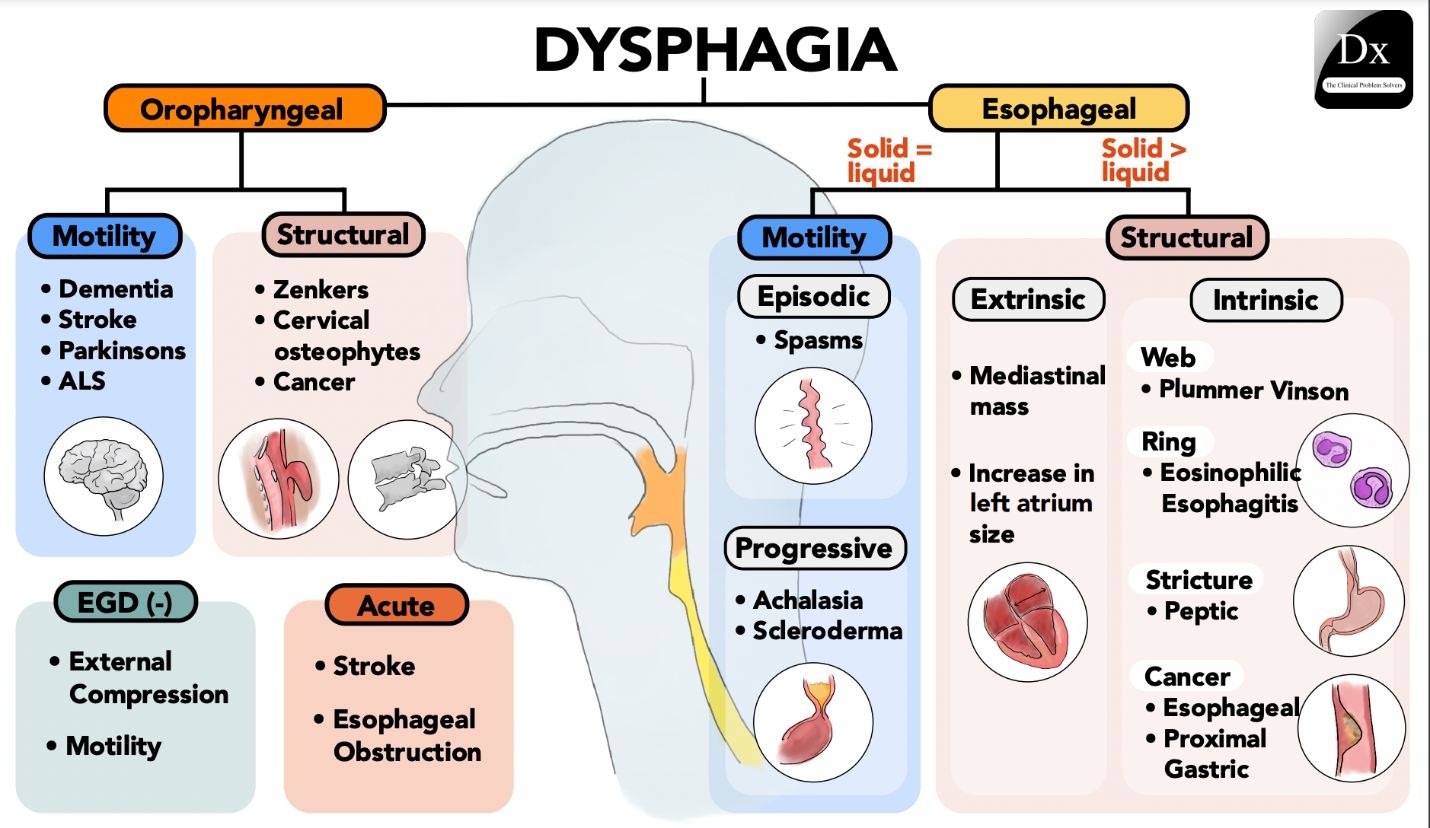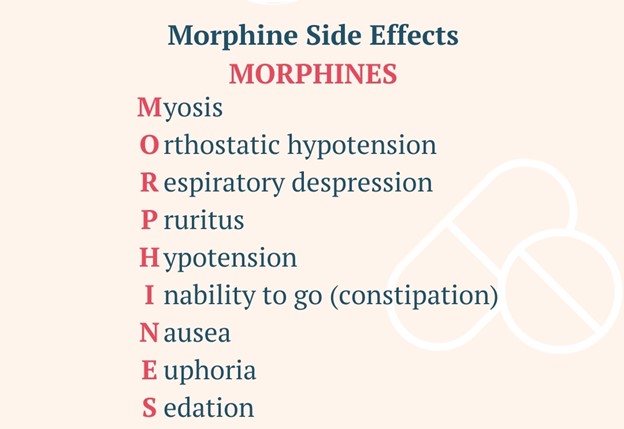A nurse is assessing a client's IV infusion site and notes that the site is cool and edematous. Which of the following actions should the nurse take?
Apply a warm, moist compress.
Slow the IV solution rate.
Initiate a new IV distal to the initial site.
Maintain the extremity below the level of the heart
The Correct Answer is A
A. Apply a warm, moist compress.
Explanation:
A cool and edematous IV infusion site could indicate infiltration of the IV site, which occurs when the IV fluid leaks into the surrounding tissue instead of entering the bloodstream. Applying a warm, moist compress to the site can help improve blood circulation and reduce the discomfort associated with infiltration. This action can also help reduce tissue damage.
B. Slow the IV solution rate: Slowing the IV solution rate might not be effective in resolving the infiltration. It's important to address the infiltration itself rather than just adjusting the rate of infusion.
C. Initiate a new IV distal to the initial site: While starting a new IV site might be necessary if the current site cannot be salvaged, it's not the initial action to take. Applying warm, moist compresses and assessing the severity of the infiltration are appropriate steps before considering a new IV site.
D. Maintain the extremity below the level of the heart: Elevating the extremity could help reduce swelling in some cases, but it's not the primary action to take when dealing with IV infiltration.
Remember, prompt assessment and appropriate interventions are essential to prevent complications associated with IV infiltration.
Nursing Test Bank
Naxlex Comprehensive Predictor Exams
Related Questions
Correct Answer is D
Explanation
A. Place the medications on the back of the client's tongue:
Incorrect Explanation: Placing medications on the back of the tongue can increase the risk of choking and aspiration, especially in individuals with dysphagia.
Explanation: Individuals with dysphagia have difficulty swallowing and are at an increased risk of choking or aspirating (inhaling) substances into the lungs. Placing medications on the back of the tongue can be unsafe and is not recommended.
B. Tilt the client's head back when administering the medications:
Incorrect Explanation: Tipping the head back can worsen swallowing difficulties and increase the risk of choking or aspiration.
Explanation: Tipping the head back can compromise the natural swallowing mechanism and increase the risk of aspiration. It's important to keep the client's head in an upright position to aid safe swallowing.
C. Administer more than one pill to the client at a time:
Incorrect Explanation: Administering multiple pills at once can increase the risk of choking and aspiration, especially in individuals with dysphagia.
Explanation: Administering multiple pills at once can overwhelm the client's ability to swallow safely. This action can increase the risk of choking and aspiration, which is especially dangerous for individuals with dysphagia.
D. Mix the medications with a semisolid food for the client:
Correct Answer: This action is appropriate and safer for administering medications to an older adult client with dysphagia.
Explanation: Mixing medications with semisolid food, such as applesauce or yogurt, can help the client swallow more easily and reduce the risk of choking or aspiration. It's important to check with the healthcare provider or pharmacist to ensure that the medications can be mixed with food and that there are no interactions.

Correct Answer is A
Explanation
A. Increased respiratory rate.
Naloxone is an opioid receptor antagonist used to reverse the effects of opioids like morphine. When administered to a client who has developed an adverse reaction to morphine, naloxone can rapidly reverse the effects of opioid overdose, including respiratory depression. Therefore, an increased respiratory rate is a therapeutic effect of naloxone, as it helps restore normal breathing patterns in clients who are experiencing respiratory depression due to opioid overdose.
B. Decreased blood pressure: Naloxone is not primarily used to affect blood pressure. Its primary goal is to reverse opioid overdose effects, particularly respiratory depression.
C. Increased pain relief: Naloxone does not directly increase pain relief. Its primary action is to reverse the effects of opioids at the receptor sites, which can also lead to the reduction of pain relief provided by opioids. However, its main role is the reversal of opioid overdose effects, not enhancing pain relief.
D. Decreased nausea: Nausea is a common side effect of opioid use. While naloxone can help reverse opioid overdose effects, it does not necessarily directly address nausea. Its main purpose is to restore normal respiratory function in cases of opioid overdose.

Whether you are a student looking to ace your exams or a practicing nurse seeking to enhance your expertise , our nursing education contents will empower you with the confidence and competence to make a difference in the lives of patients and become a respected leader in the healthcare field.
Visit Naxlex, invest in your future and unlock endless possibilities with our unparalleled nursing education contents today
Report Wrong Answer on the Current Question
Do you disagree with the answer? If yes, what is your expected answer? Explain.
Kindly be descriptive with the issue you are facing.
